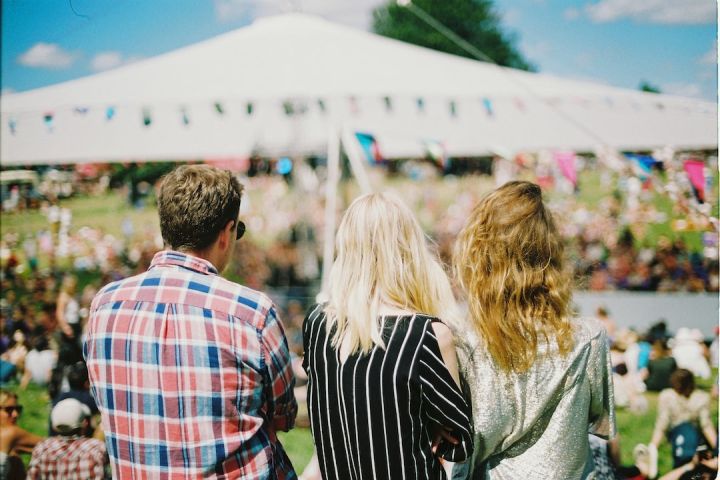What’s the History behind Street Festivals?

Street festivals are vibrant and lively events that bring communities together to celebrate and enjoy various forms of art, culture, and entertainment. These festivals have a long and rich history, dating back centuries. From ancient times to the present day, street festivals have evolved and transformed, reflecting the changing societies and cultures they are a part of. Let’s take a journey through time and explore the fascinating history behind street festivals.
Ancient Origins: Celebrating the Divine and Harvest
Street festivals have their roots in ancient civilizations, where they were a way to honor and appease the gods. In ancient Egypt, the festival of Opet involved processions through the streets, with people carrying statues of the gods to their temples. Similarly, in ancient Greece, the Dionysia festival celebrated the god of wine and theater, with parades and performances taking place on the streets.
During the Middle Ages: Carnivals and Fairs
During the Middle Ages, street festivals took on a more festive and carnival-like atmosphere. Carnivals such as the Venice Carnival and the Mardi Gras in France became popular, with people donning masks and costumes, dancing, and feasting on the streets. These festivals provided an opportunity for people to let loose and indulge before the solemn season of Lent. Fairs also became common during this time, serving as marketplaces for goods and a venue for entertainment.
Industrial Revolution: Celebrating Progress and Unity
With the advent of the Industrial Revolution, street festivals took on a new meaning. They became a way to celebrate progress and unity in rapidly changing societies. The Great Exhibition of 1851 in London marked a significant milestone in this regard. It showcased the latest technological advancements and brought people from different walks of life together. Street processions and parades were organized, with elaborate floats and displays representing different industries and nations.
The Modern Era: Cultural Diversity and Expression
In the modern era, street festivals have become a platform for cultural diversity and expression. They provide an opportunity for different communities to come together and share their traditions, music, dance, and cuisine. Festivals like the Rio Carnival in Brazil and the Notting Hill Carnival in London attract millions of visitors every year, showcasing the vibrancy and richness of different cultures.
The Role of Street Festivals Today: Community Building and Economic Impact
Today, street festivals play a vital role in community building and have a significant economic impact. They bring people together, fostering a sense of belonging and pride in one’s community. Street festivals also attract tourists and boost local economies by generating revenue for businesses, hotels, and restaurants. Moreover, they provide a platform for local artists, musicians, and performers to showcase their talent and gain exposure.
In Conclusion: Celebrating Tradition and Diversity
Street festivals have a fascinating history that spans centuries. From ancient religious processions to modern multicultural celebrations, these festivals have evolved and adapted to the changing times. They continue to bring people together, celebrating tradition, diversity, and the spirit of community. Whether it’s watching a parade, enjoying live music, or trying delicious street food, street festivals offer a unique and memorable experience for everyone involved. So, the next time you attend a street festival, take a moment to appreciate the rich history behind this vibrant tradition.